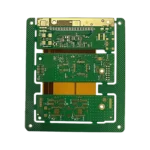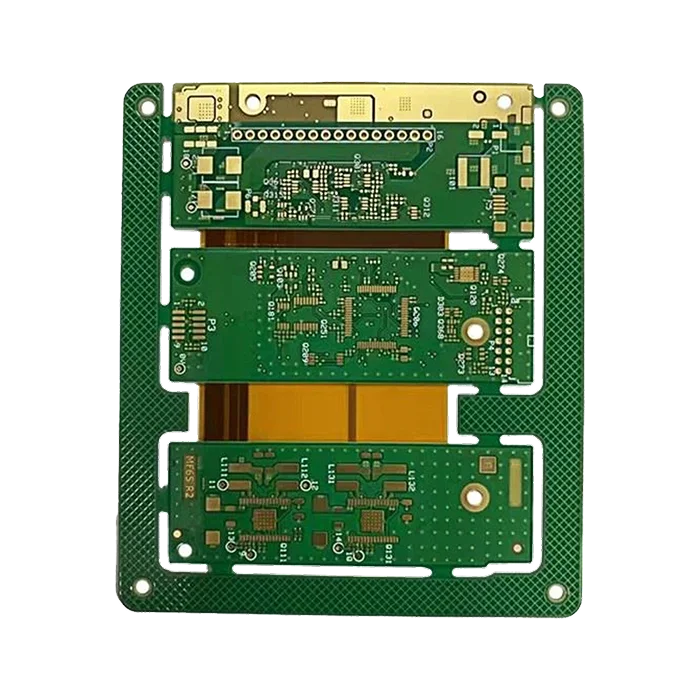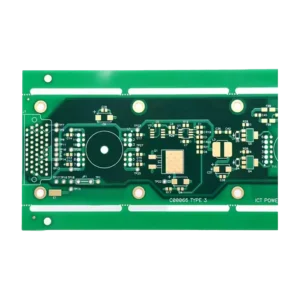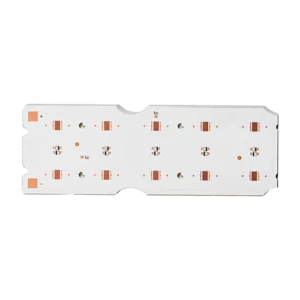China 2 layers rigid flexible PCB
$21.50
China 2-layer rigid flexible PCBs offer excellent reliability and durability. The flexible part is usually made of a polyimide or polyester core, an adhesive layer, copper foil, and a coverlay. Sometimes stiffeners are added to improve mechanical strength. The rigid and flexible parts are firmly combined through a multi-layer lamination process to achieve an integrated design. MOKOPCB is an expert PCB and PCBA manufacturer located in Shenzhen, China, providing one-stop services. Welcome to contact us to start your next China 2 layers rigid flexible PCB project!
Shipping fee and delivery date to be negotiated. Send inquiry for more details.
Your payment information is processed securely. We do not store credit card details nor have access to your credit card information.
Claim a refund if your order is missing or arrives with product issues, our support team would deal with your refund within 24 hours.
| Layer Counts | 2L |
| Base Material | FR-4 and Polyimide |
| Board Thickness(mm) | 1.2 |
| Max board size(mm) | 570*1200 |
| PCB size tolerance | ±0.3mm |
| Min. Hole Size | 0.1mm |
| Min. Line Width | 4mil |
| Copper Weight | 1oz |
| Surface Finish | ENIG |
| Certificate | UL, RoHS, ISO, and REACH |
 China 2 layers rigid flexible PCB
China 2 layers rigid flexible PCB
| 5 star | 0% | |
| 4 star | 0% | |
| 3 star | 0% | |
| 2 star | 0% | |
| 1 star | 0% |
Sorry, no reviews match your current selections
Questions & Answers
1.What delivery options are available?
We provide multiple shipping methods, such as standard air freight, express courier services, and sea freight. The option depends on your requirements and urgency.
2.What are your payment methods?
We accept multiple payment methods, including T/T, West Union, Money Gram, L/C, and PayPal for samples. Please contact our sales team for specific details.
3.What is the function of a stiffener?
PCB stiffeners can provide local mechanical support, such as areas that are subject to stress or require components to be mounted.
4.Are China 2-layer rigid flexible PCBs suitable for high-vibration environments?
Yes, they perform well in high-vibration environments. The flexible part provides excellent vibration resistance while the rigid part maintains mechanical stability, ensuring long-term reliability in demanding applications.
5.How to choose between 2-layer and 4-layer rigid-flex PCBs?
2-layer PCBs are usually suitable for simpler designs, with the advantages of low cost and a short manufacturing cycle. 4-layer PCBs are more suitable for complex designs, especially in space-constrained applications.







